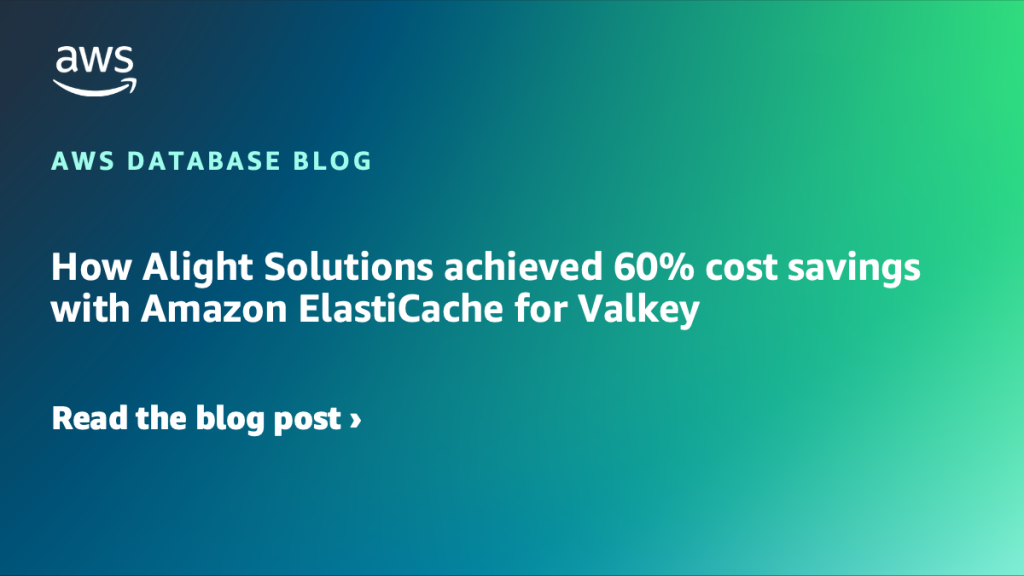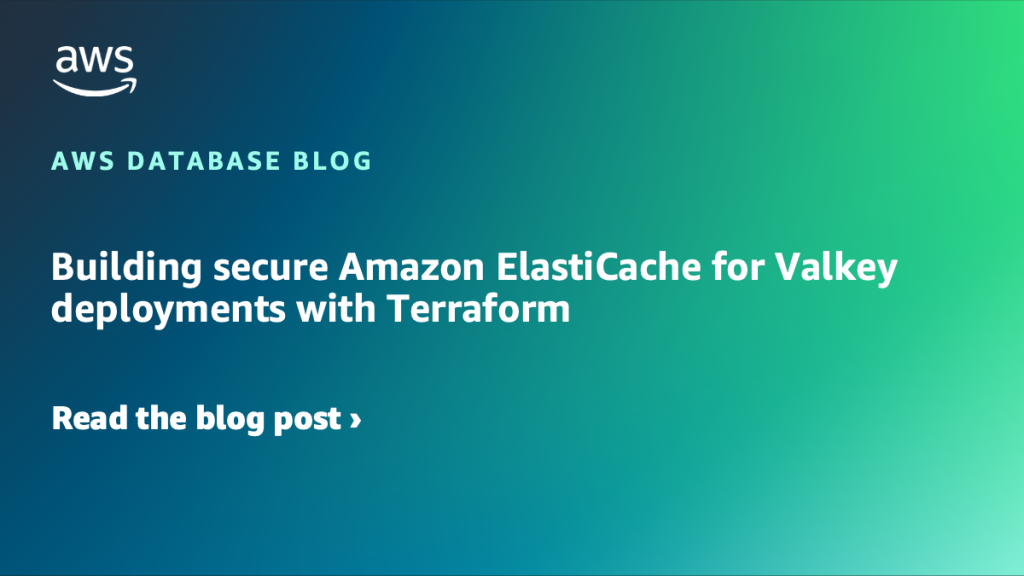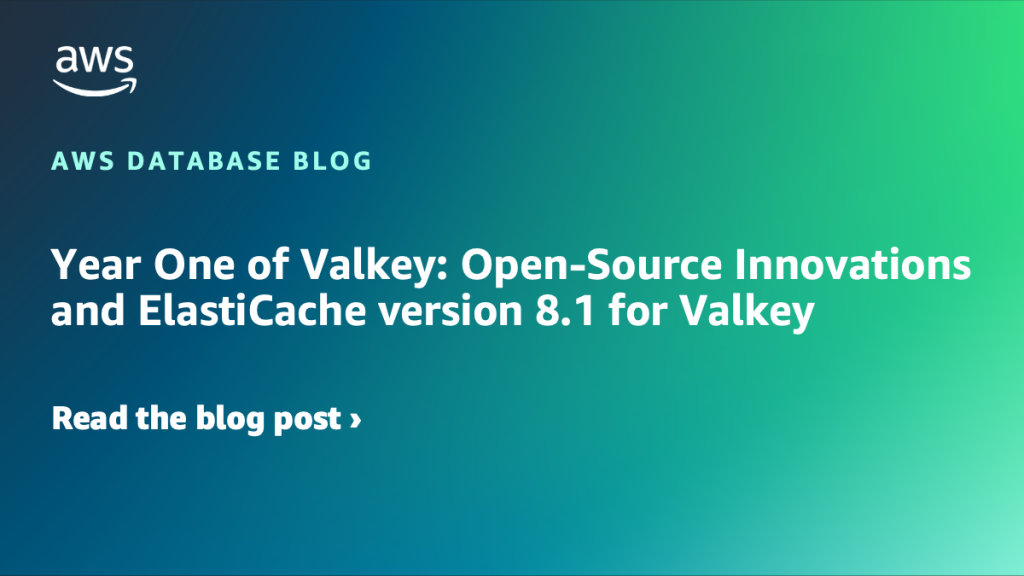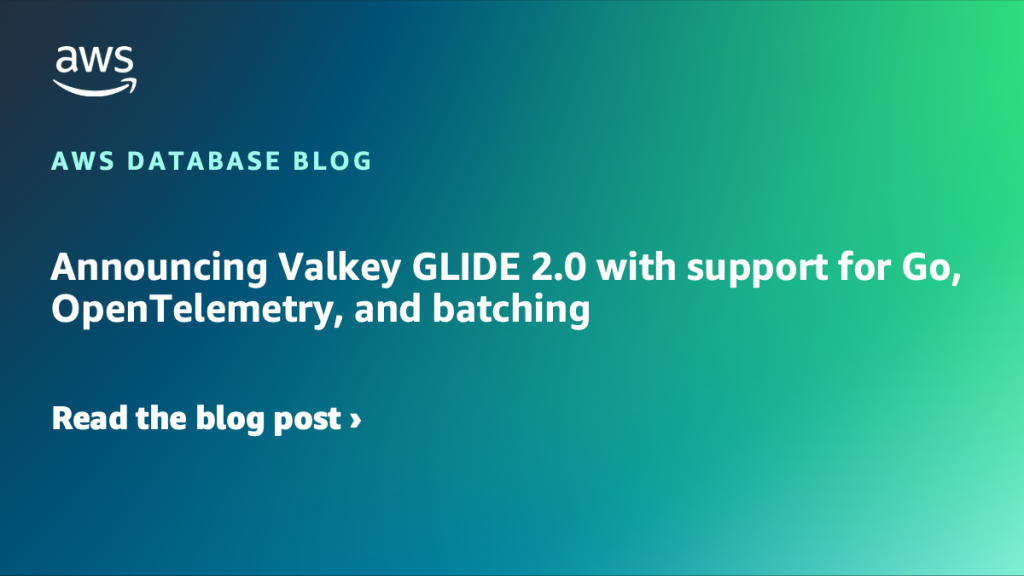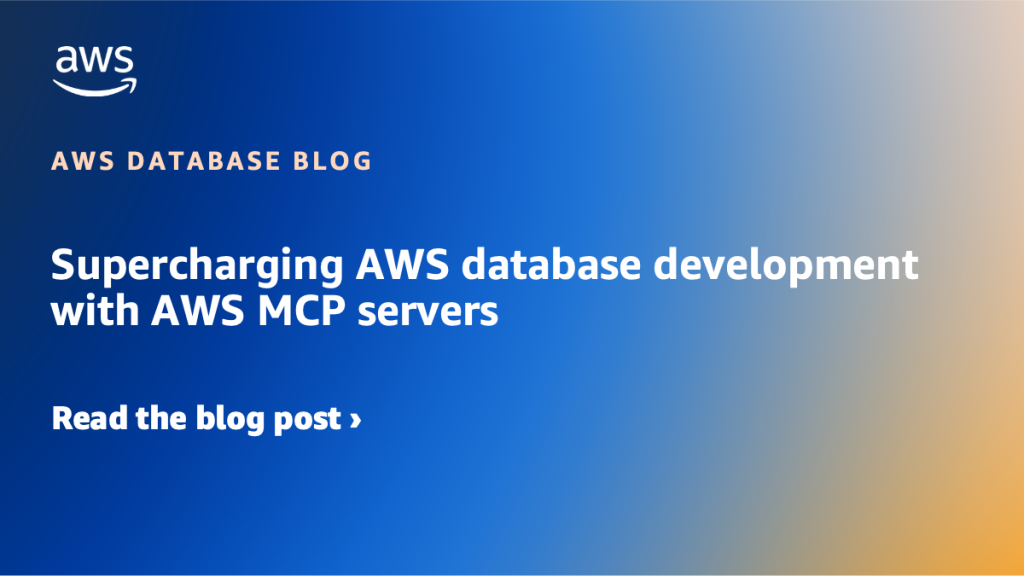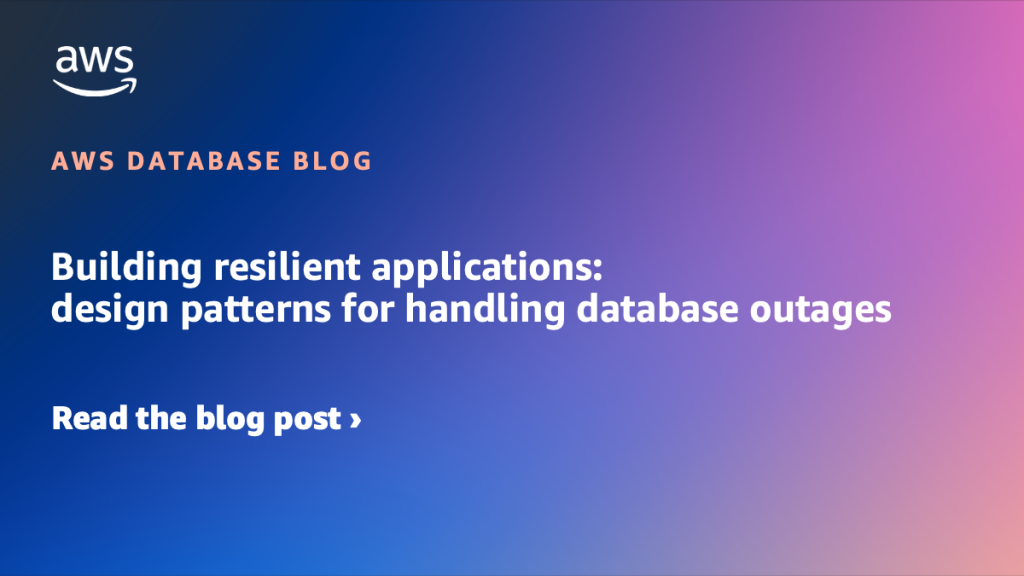AWS Database Blog
Tag: Valkey
How Alight Solutions achieved 60% cost savings with Amazon ElastiCache for Valkey
Alight Solutions is a leading cloud-based human capital technology and services provider that has focused its operations on integrated benefits administration, healthcare navigation, and employee experience solutions. In this post, we share how Alight Solutions transformed their caching infrastructure using ElastiCache while maintaining strict performance requirements, achieving over 60% cost reduction, 70-80% reduction in operational overhead, migration of gigabytes of data with sub-0.5 millisecond performance for millions of users, and a 99.99% reduction in incident rate.
Building secure Amazon ElastiCache for Valkey deployments with Terraform
In this post we show you how to build a secure Amazon ElastiCache for Valkey cluster using Terraform, implementing best practices and comprehensive security controls including encryption, authentication, and network isolation.
Announcing vector search for Amazon ElastiCache
Vector search for Amazon ElastiCache is now generally available. You can now use ElastiCache to index, search, and update billions of high-dimensional vector embeddings from popular providers like Amazon Bedrock, Amazon SageMaker, Anthropic, and OpenAI—with latencies as low as microseconds and up to 99% recall.
Year One of Valkey: Open-Source Innovations and ElastiCache version 8.1 for Valkey
In April 2024, AWS announced support for Valkey, a community-driven fork of Redis born out of a shared belief that critical infrastructure software should be vendor neutral and open source. In this post, we share how, just over a year in, we remain fully committed to the Valkey project and announce support for the latest version with Amazon ElastiCache version 8.1 for Valkey. We explore the benefits of Valkey through real-world examples the benefits of the latest innovations, including a new hash table with additional memory efficiencies, support for Bloom filters, observability enhancements, and new functionality.
Implement fast, space-efficient lookups using Bloom filters in Amazon ElastiCache
Amazon ElastiCache now supports Bloom filters: a fast, memory-efficient, probabilistic data structure that lets you quickly insert items and check whether items exist. In this post, we discuss two real-world use cases demonstrating how Bloom filters work in ElastiCache, the best-practices to implement, and how you can save at least 90% in memory and cost compared to alternative implementations. Bloom filters are available in ElastiCache version 8.1 for Valkey in all AWS Regions and at no additional cost.
Announcing Valkey GLIDE 2.0 with support for Go, OpenTelemetry, and batching
AWS recently announced, in partnership with Google Cloud and the Valkey community, the general availability of Valkey General Language Independent Driver for the Enterprise (GLIDE) 2.0, the latest release. Valkey GLIDE is multi-language client library designed for reliability and performance. In this post, we discuss what Valkey GLIDE is and its key benefits, and then dive into its new enhancements.
Supercharging AWS database development with AWS MCP servers
Amazon Aurora, Amazon DynamoDB, and Amazon ElastiCache are popular choices for developers powering critical workloads, including global commerce platforms, financial systems, and real-time analytics applications. To enhance productivity, developers are supplementing everyday tasks with AI-assisted tools that understand context, suggest improvements, and help reason through system configurations. Model Context Protocol (MCP) is at the helm of this revolution, rapidly transforming how developers integrate AI assistants into their development pipelines. In this post, we explore the core concepts behind MCP and demonstrate how new AWS MCP servers can accelerate your database development through natural language prompts.
Building resilient applications: design patterns for handling database outages
Database outages, whether planned or unexpected, pose significant challenges to applications. Planned outages for maintenance can be scheduled but still impact users. Unplanned outages are more disruptive and can happen at critical times. Even the most robust and resilient databases will inevitably experience outages, making application resiliency a critical consideration in modern system design. In […]
Implement prescription validation using Amazon Bedrock and Amazon DynamoDB
Healthcare providers manage an ever-growing volume of patient data and medication information to help ensure safe, effective treatment. Although traditional database systems excel at storing patient records, they require complex queries to access information. By adding generative AI capabilities, healthcare providers can now use natural language to search patient records and verify medication safety, rather than writing complex database queries. In this post, I show you a solution that uses Amazon Bedrock and Amazon DynamoDB to create an AI agent that helps healthcare providers quickly identify potential drug interactions by validating new prescriptions against a patient’s current medication records.
Build a multi-Region session store with Amazon ElastiCache for Valkey Global Datastore
As companies expand globally, they must be able to architect highly available and fault-tolerant systems across multiple AWS Regions. With such scale, a company can find itself in this position when designing a caching solution across its multi-Region infrastructure. In this post, we dive deep into how to use Amazon ElastiCache for Valkey, a fully managed in-memory data store with Redis OSS and Valkey compatibility, and the Amazon ElastiCache for Valkey Global Datastore feature set.
